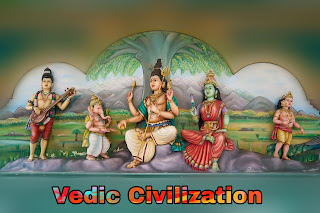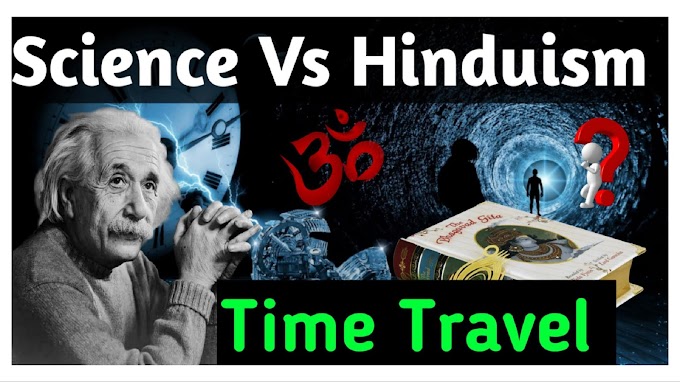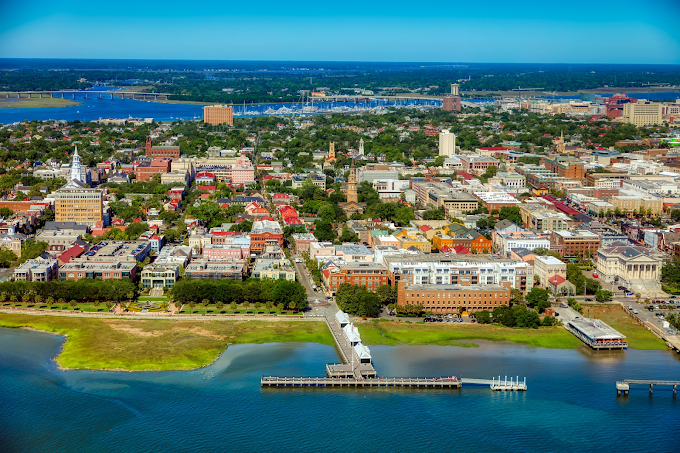Ancient Indian History
Vedic civilization
The Vedic civilization is the earliest civilization in the history of ancient India associated with the coming of Aryans. It is named after the Vedas, the early literature of the Hindu people. The Vedic Civilization flourished along the river Saraswati, in a region that now consists of the modern Indian states of Haryana and Punjab. Vedic is synonymous with Aryans and Hinduism, which is another name for religious and spiritual thought that has evolved from the Vedas. The largely accepted view is that a section of Aryans reached the frontiers of the Indian subcontinent around 2000 BC and first settled in Punjab and it is here, in this land, where the hymns of Rigveda were composed.
The Aryans lived in tribes and spoke Sanskrit, which belonged to the Indo-European group of languages. Gradually, the Aryans intermingled with the local people and a historic synthesis was worked out between the Aryan tribes and the original inhabitants. This synthesis broadly came to be known as Hinduism. The Ramayana and Mahabharata were the two great epics of this period.
The Buddhist Era
During the life time of Lord Gautam Buddha, sixteen great powers (Mahajanpadas) existed in the 7th and early 6th centuries BC. Among the more important republics were the Sakyas of Kapilavastu and the Licchavis of Vaishali. Besides the republics, there were monarchical states, among which the important ones were Kaushambi (Vatsa), Magadha, Kosala and Avanti. These states were ruled by vigorous personalities who had embarked upon the policies of aggrandisement and absorption of neighbouring states. However, there were distinct signs of the republican states while those under the monarchs were expanding.
Buddha was born in BC 560 and died at the age of eighty in BC 480. The place of his birth was a grove known as Lumbini, near the city of Kapilavastu, at the foot of Mount Palpa in the Himalayan ranges within Nepal. Buddha, whose original name was Siddhartha Gautama, was the founder of Buddhism, the religion and the philosophical system that evolved into a great culture throughout much of southern and eastern Asia.









0 Comments